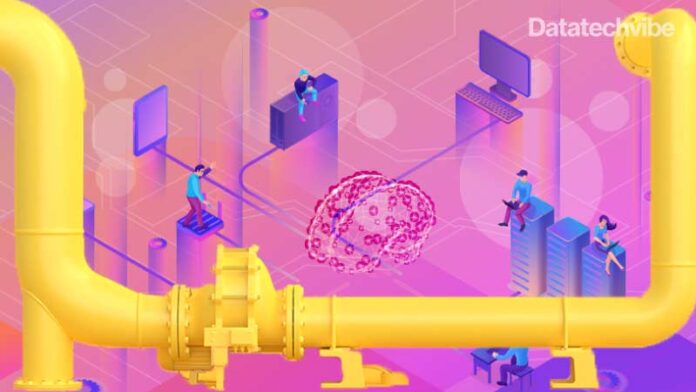Our digital world generates terabytes of data every day, information that is critical for governments to function, businesses to prosper, and for consumers to receive the exact item they purchase from their favourite online marketplace (including the exact colour).
Not only is there a lot of data out there, but there are also a lot of different processes to apply it to and many things that may go wrong. That’s why data scientists and engineers use data pipelines.
Data-driven businesses require data to be transported swiftly from one point to another and transformed into usable information. Unfortunately, there are several barriers to clean data flow, including bottlenecks (which cause delay), data corruption, and different data sources that produce contradicting or redundant information.
Data Pipelines provide speedy data analysis for business insights by aggregating data from all the diverse sources into a single common destination. It also guarantees constant data quality, which is critical for accurate business insights. Data pipelines take all the manual procedures involved in resolving various issues and put them into a streamlined, automated process. It also boosts security by limiting access to only authorised teams. The more data-dependent a firm is, the more a data pipeline, one of the most important business analytics tools, is required.
Diverse data sources, dependency management, multithreaded monitoring, quality assurance, ease of maintenance, and timeliness are all elements to consider while developing data pipelines. Each step’s toolkit selection is critical, and early selections significantly impact future performance.
Communication
Communication is the first step in the development of data pipeline processes. Inadequate communication is one of the most serious problems that plague data-driven teams. Communication is important in a data engineer’s life because their job entails working together to create data pipelines with plenty of connective tissue between the components.
Imagine a team member making a change without informing the rest of the team. If a mistake is introduced into the manufacturing process, it may result in data corruption. Many misconceptions are likely to occur along the route, especially when data is transferred across departments. Because communication is often inefficient, the ideal strategy is to create systems that enable transparency and synchronous collaborations.
Source
To avoid downstream inconsistencies, first and foremost, the origin of the data in question must be fully understood, and that understanding must be communicated across developers. Assumptions about data format and interpretation are difficult to change after they’ve been incorporated into reports and/or administrative decisions, so getting this stage right is critical.
Timeframe
Data pipelining approaches may differ greatly depending on the required speed of data input and processing, therefore this is a critical point to address before constructing the system. For instance, event-based data should ideally be absorbed practically immediately after it is created, whereas entity data can be ingested either progressively (ideally) or in bulk. If all data input operations are incremental, speeding up the process is as simple as executing the task more frequently. As a result, it should be the objective. Before orchestrating the data pipeline, one needs to outline how soon data from the production system need to be acquired and how quickly it needs to be processed. Kafka is a great example for measuring real-time website activity because Linkedin designed it for that purpose. It allows messages to be replayed, has considerable fault tolerance, and may be partitioned, among other features.
Adaptability
To deal with fundamental changes, be adaptable. Data engineers become overburdened with “data plumbing” as a result of the ongoing need to monitor, upgrade, and debug pipelines. They are constantly chasing the next issue, recovering from a pipeline crash, or dealing with dropped data. This is very difficult and time-consuming when working in a data lake architecture, dealing with database development, or working with real-time data streams. One must be able to instantly alter existing pipelines as needed without having to rebuild, re-architect, or scale your platform manually.
Almost every business is becoming increasingly data-driven, and this trend is expected to continue in the coming years. With so many companies relying on data for decision-making, data pipelines must allow them to access and analyse their data readily. Unfortunately, not all data pipelines can satisfy the demands of today’s businesses. One must be cautious while creating the architecture and picking the data platform and processing capabilities. Organisations must establish a data strategy that enforces an engineering habit that benefits everyone — from data engineers to business customers — by embracing the best practices.
*Written by Amit Kumar – VP Product Engineering and Co-Founder, CyborgIntell and Mohammed Nawas – VP Product Development and Co-Founder, CyborgIntell*
If you liked reading this, you might like our other stories
Securing Data Pipelines at Scale: Case Study
5 Challenges That Data Pipelines Must Solve









